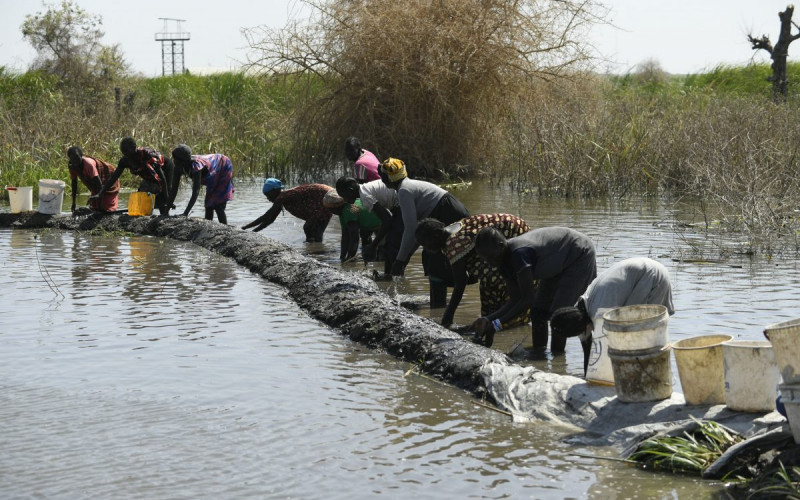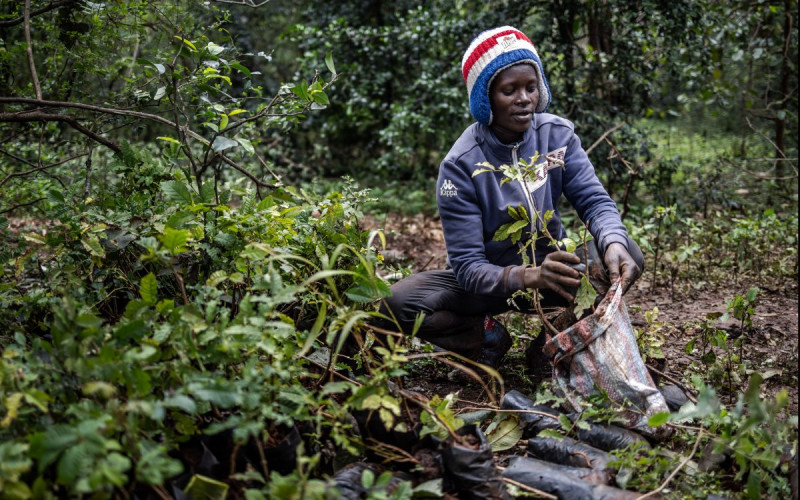Can an expanded human rights scope of the Kimberley Process, combined with coverage of polished stones and a robust, well-managed tracing system, provide the diamond industry with the instrument it needs for mined diamonds to survive as a store of value?
The increasing number of people entering the urban upper middle classes in places like China and India is driving up global diamond demand for ceremonies such as engagements. Real diamonds remain rare and supply has not kept pace, bringing into focus the growing market for synthetic diamonds.
Synthetic, as opposed to imitation diamonds, were first developed in the early 1950s. At first, they were only used for the production of industrial diamonds. Up until the late 1990s the technology to create these synthetics was dominated by three companies: De Beers in Europe (Element 6), General Electric in the US and then Sumitomo in Japan. The three flooded the industrial diamond market with millions of carats and the price in the US and EU collapsed over a period of three decades.
At present, the technology for making these near-perfect copies of mined diamonds, which are virtually undetectable to the naked eye, is no longer dominated by the traditional producers. China, with no diamond mines to speak of, has entered the market and is now the world’s biggest producer of diamonds, selling what the US Geological Survey estimates to be between 6-10 billion carats of diamonds for largely, but not exclusively, industrial uses. Total world production of mined diamonds in 2012 was only about 128 million carats.
In most countries, gem diamond traders and retailers are supposed to inform buyers whether the goods they are buying are mined or synthetic. However, an increasing number of these synthetics are entering the gem market without being detected despite the best efforts of companies like De Beers to brand some of its own diamonds, and develop machines that can, at a price, detect synthetics. De Beers is also working with agencies such as the Gemmological Institute of America to issue certificates to differentiate mined from synthetic diamonds. But with the smallest of diamonds below 0.2 carats, the cost of detection of an individual synthetic diamond is so high relative to their price that significant penetration of synthetics into the mined diamond value chain has already occurred.
Unless the whole diamond value chain can be controlled, and this is only possible with a system of traceability, then diamonds almost certainly have no future as a store of value. Soon we may all discover that diamonds are not forever, despite the slogan to the contrary.
The biggest threat to diamonds is no longer blood diamonds but synthetics, which compete primarily with the smaller range of mined stones. Unfortunately most mined diamonds are very small – about 80-90% of stones are less than half carats. If the market for these stones collapses, the profits from the entire mined diamond sector will collapse with it, as well as the stock market funds for further diamond exploration.
For NGOs like Global Witness, which were among the original drivers of the war on blood diamonds, the multiple sins of the diamond industry went well beyond the funding of Africa’s wars. They believe that the abuse of human rights at Zimbabwe’s alluvial diamond fields in Marange and the use of child labour in diamond cutting in India were all issues that needed to be addressed as well. But many of the 54 participant countries in the Kimberley Process (KP) resisted an expansion of its mandate beyond the narrow confines of conflict diamonds.
Given that the process relies on consensus, such opposition to extending the KP to human rights issues and polishing processes has virtually stifled needed reform. Some KP participants like the US, as well as NGOs like Global Witness (which withdrew from the KP in 2011), have pushed for fundamental changes. They believe that the Kimberley certificates issued by governments, which allow trade in parcels of rough diamonds, are in some, but not all cases, simply not credible. Because there is no system of traceability of rough and polished diamonds, these certificates cannot be trusted. Only a truly global process that offers traceability of rough and polished diamonds all along the value chain will give the NGOs and the US the control that they seek over human rights in mining.
There is, however, at least a partial confluence of interests once again. It is in virtually everyone’s interest in the diamond industry, even the synthetic producers, not to allow the value of gem quality diamonds to follow the trajectory of industrial diamonds. Extending the mandate of the Kimberley Process beyond that of rough diamonds will enable the industry to control the supply of diamonds, both rough and polished. This was recommended in a draft report late last year on the Kimberley process by Harvard University.
The mined diamond industry is living on borrowed time and unless it is able to show developed country consumers that the products they are buying are both ethical and mined and hence rare, the industry’s demise seems only a matter of time (as already happened with industrial diamonds two decades ago).
A good, well managed tracing system will give the industry the instrument it needs for diamonds to survive as a store of value. Seeking global consensus from individuals that profit from illicit trade, and with countries that will not agree to heightened standards, only delay the process of establishing a global diamond standards body. But time is not on the industry’s side.
The views expressed here are those of Professor Grynberg and not necessarily those of SAIIA or any institution with which he may be affiliated.







